The Mystical Mandala: Unraveling Its Secrets
What is a Mandala?
A mandala, derived from the Sanskrit term meaning 'circle,' is a geometric configuration of symbols prevalent in various spiritual traditions. It serves multiple purposes, such as a spiritual guidance tool, a focal point for meditation, a means to establish a sacred space, and an aid to trance induction. Predominantly used in Hinduism, Buddhism, Jainism, and Shinto, it often represents a spiritual journey from the external to the inner core, through layers.
How Did the Mandala Come About?
The term 'mandala' first appeared in the Rigveda, one of the oldest Hindu scriptures, as the name of the sections of the work. Vedic rituals continue to use mandalas, such as the Navagraha mandala, to this day. In Hinduism, a basic mandala, also known as a yantra, takes the form of a square with four gates containing a circle with a center point. Each gate is in the general shape of a T, and mandalas often exhibit radial balance.
How Important is the Mandala in the Far East?
In the Eastern religions of Hinduism, Buddhism, Jainism, and Shinto, mandalas serve as maps representing deities, paradises, kami, or actual shrines. In Vajrayana Buddhism, mandalas have evolved into sandpainting, a crucial part of meditation practices. The mandala symbolizes the nature of the Pure Land, Enlightened mind. It can also represent the entire universe, traditionally depicted with Mount Meru as the axis mundi in the center, surrounded by the continents.
What are the Types of Mandalas?
There are numerous types of mandalas, each unique, calling the deity into the practitioner's presence through elaborate symbolic geometric designs. One well-known type of mandala is the mandala of the "Five Buddhas", archetypal Buddha forms embodying various aspects of enlightenment. Depending on the school of Buddhism and the specific purpose of the mandala, such Buddhas are depicted differently. A common mandala of this type is that of the Five Wisdom Buddhas (a.k.a. Five Jinas), the Buddhas Vairocana, Aksobhya, Ratnasambhava, Amitabha, and Amoghasiddhi.
What are the Benefits of Mandalas?
Mandalas are commonly used by tantric Buddhists as an aid to meditation. The mandala is "a support for the meditating person," something to be repeatedly contemplated to the point of saturation. This process allows the image of the mandala to become fully internalized in even the minutest detail and can then be summoned and contemplated at will as a clear and vivid visualized image.
The Fascinating Stories Behind Mandalas: A Glimpse into Cultural Practices
The world of Mandalas is steeped in rich narratives and cultural significance. A particularly compelling tale emerges from the spiritual practices of Tibetan Buddhism. Here, monks undertake the meditative creation of Mandalas using colored sand, a process that is as intricate as the designs themselves.
This ritual is not an act of haste but a journey of mindfulness and patience. It can span over several days or even weeks, each moment dedicated to the careful placement of sand grains. The resulting pattern, complex and captivating, serves as a symbolic representation of the universe and its interconnectedness.
The completion of the sand Mandala doesn't mark its preservation. Instead, in a ceremonial act symbolizing the transience of life - a core principle of Buddhism - the Mandala is swept away. The sand is then released into a body of water, a gesture of extending blessings to the environment.
These stories surrounding Mandalas provide a deeper insight into their spiritual importance and the cultural traditions they are a part of. They invite us to perceive Mandalas beyond their visual allure, recognizing them as symbols of life's impermanence and the path towards spiritual enlightenment.
Conclusion
Mandalas, as discussed throughout this blog, offer numerous benefits and features. They serve as spiritual symbols, meditation aids, and representations of the universe. We encourage our readers to explore and incorporate mandalas into their spiritual practices and to delve deeper into the fascinating world of mandalas.
Elevate Your Interiors with Our Diverse Wall Art Collection
Looking for the perfect piece to complete your home decor? Explore our extensive collection of metal and wooden wall art. From the spiritual elegance of Mandalas to abstract designs and contemporary styles, we have something to suit every taste.
Our wall art pieces are meticulously crafted, combining artistic expression with the durability of metal and the warmth of wood. They are more than just decor; they are conversation starters, mood setters, and testaments to your unique style.
Don't just decorate your space, transform it. Visit our shop today and discover the piece that speaks to you.







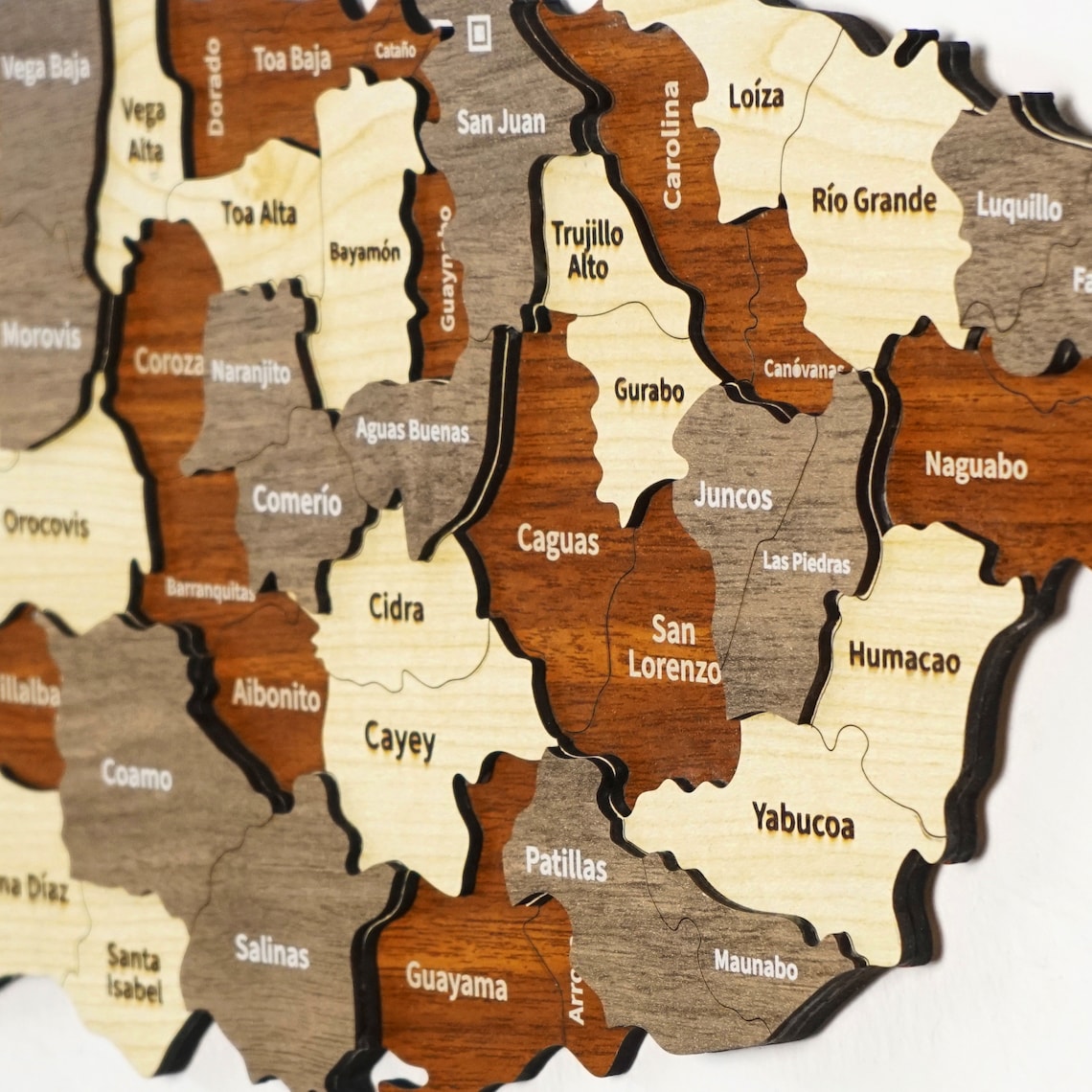

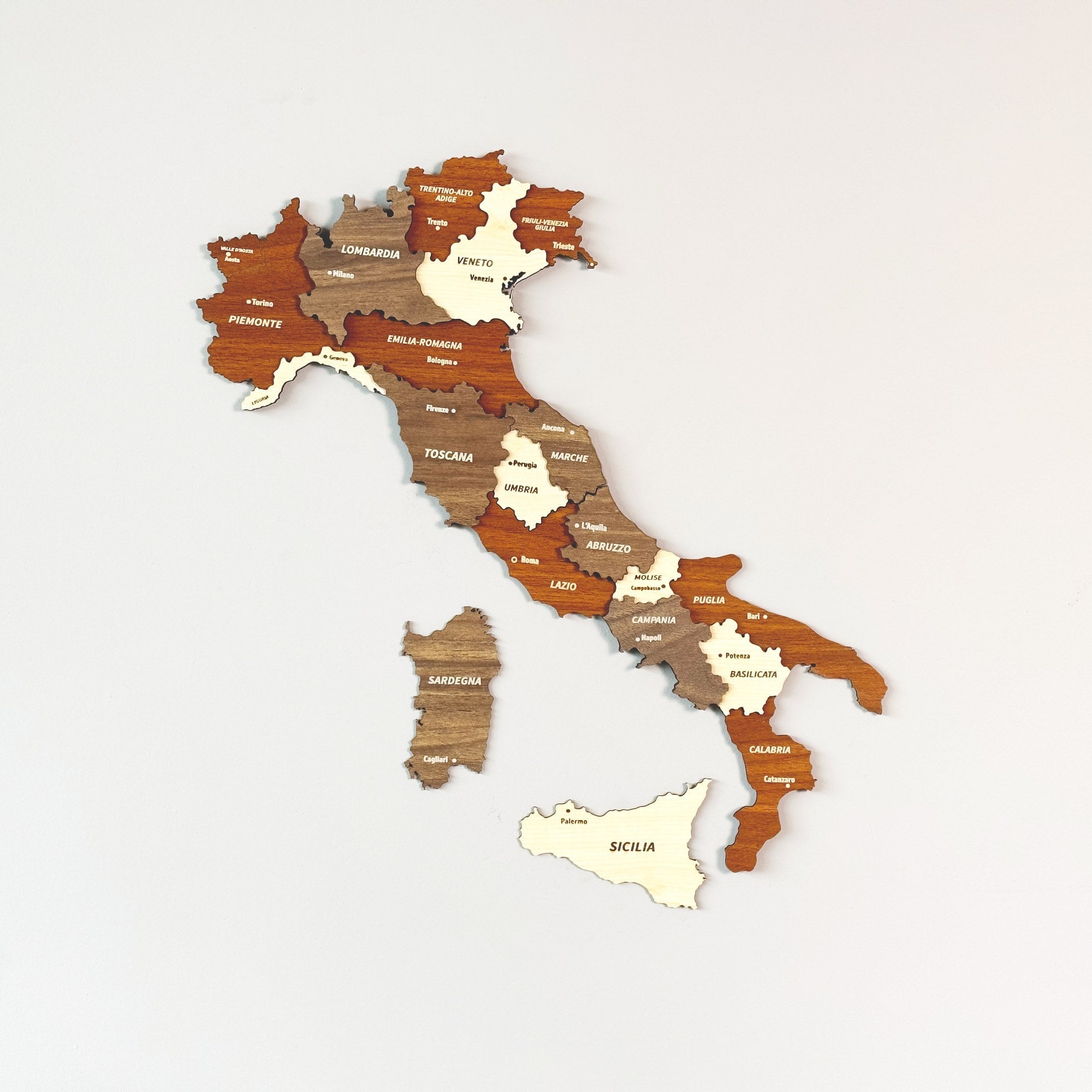

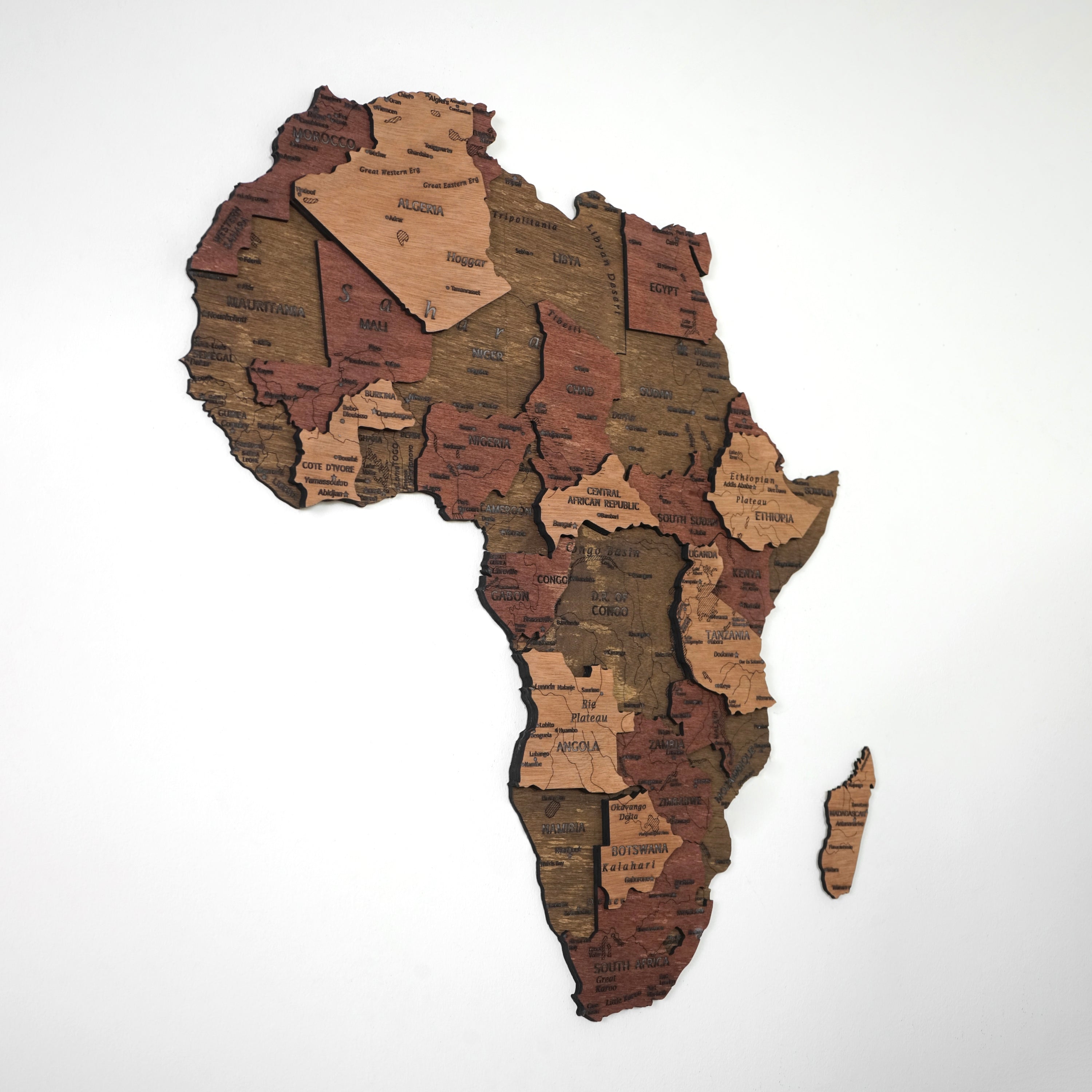
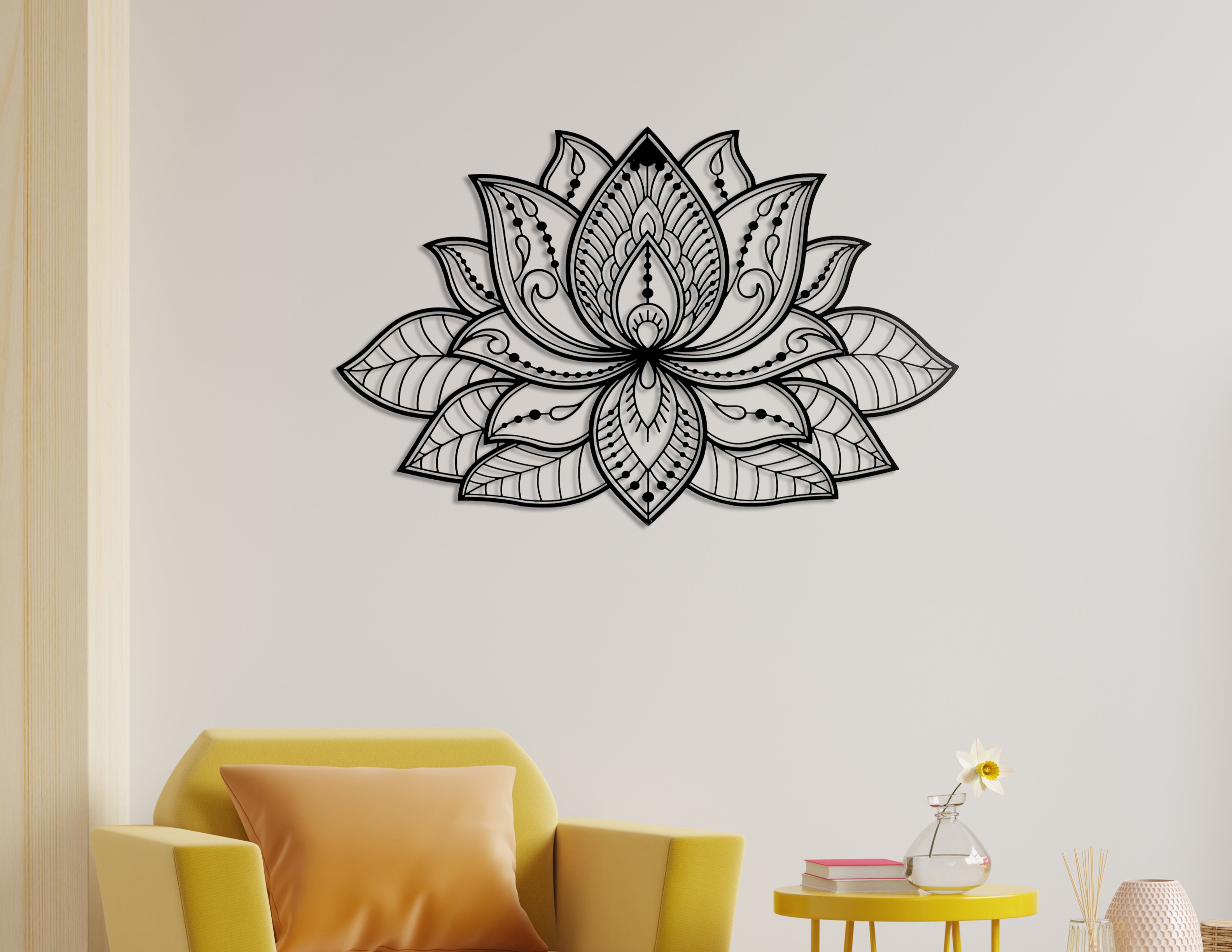

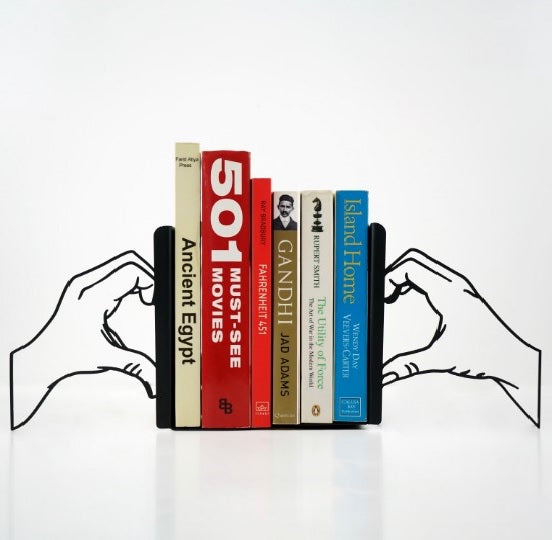


![collections[childlink.object.handle].title](http://colorfullworlds.com/cdn/shop/collections/wooden-world-wall-map-sage-3d-wooden-world-map-gift-for-special-celebration.jpg?v=1759846795&width=1500)
![collections[childlink.object.handle].title](http://colorfullworlds.com/cdn/shop/collections/wood_map_black_wall_art.webp?v=1728052039&width=4400)
![collections[childlink.object.handle].title](http://colorfullworlds.com/cdn/shop/collections/metal_world_map_wall_art.jpg?v=1759846572&width=1500)
![collections[childlink.object.handle].title](http://colorfullworlds.com/cdn/shop/collections/canvas_world_map_wall_art.jpg?v=1764663490&width=3300)

![collections[childlink.object.handle].title](http://colorfullworlds.com/cdn/shop/collections/usa_wall_map_art.jpg?v=1759846920&width=1500)
![collections[childlink.object.handle].title](http://colorfullworlds.com/cdn/shop/collections/il_1140xN.5118277402_joyf.jpg?v=1759848536&width=1140)
![collections[childlink.object.handle].title](http://colorfullworlds.com/cdn/shop/collections/9_1500x1500_09a700e3-c77f-4ba5-ba0a-1da490b31ea5.jpg?v=1759848586&width=1500)
![collections[childlink.object.handle].title](http://colorfullworlds.com/cdn/shop/collections/4_2000x2000_a161a42d-6bff-47af-abc0-115f82f49d33.jpg?v=1759848647&width=2000)
![collections[childlink.object.handle].title](http://colorfullworlds.com/cdn/shop/collections/9_1500x1500_e7b43764-f616-456b-97e6-c00026a80015.jpg?v=1759848986&width=1500)
![collections[childlink.object.handle].title](http://colorfullworlds.com/cdn/shop/collections/3_0190829a-4a55-4b5b-a30c-48aa645abc0a.jpg?v=1759849039&width=3000)

![collections[childlink.object.handle].title](http://colorfullworlds.com/cdn/shop/collections/metal_wall_decors.jpg?v=1728052131&width=4400)
![collections[childlink.object.handle].title](http://colorfullworlds.com/cdn/shop/collections/Screen_Shot_2023-02-06_at_21.06.53.png?v=1724231542&width=871)
![collections[childlink.object.handle].title](http://colorfullworlds.com/cdn/shop/collections/5.jpg?v=1664221672&width=553)
![collections[childlink.object.handle].title](http://colorfullworlds.com/cdn/shop/collections/il_fullxfull.3372995016_llwh.jpg?v=1759849184&width=3000)





